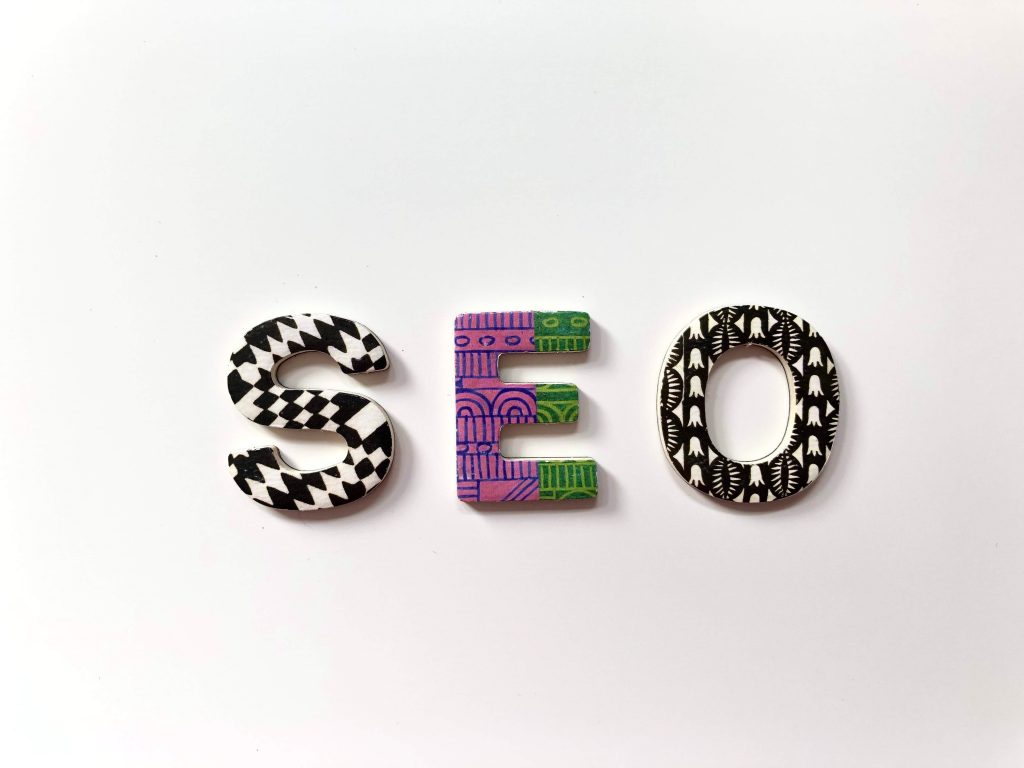At Myk Baxter Marketing, Google Best Practices are part of the core service provided – whether it’s developing a brand new website or simply updating your marketing strategy. From website copy to tailor-made blogs, Best Practices keep your site functioning best in the search engine sphere. But what are “Best Practices” and how do they work?
What are Google Best Practices?
A set of tasks designed to help improve a website’s search engine ranking. SEO Best Practices or namely, Google Best Practices (as Google is the king of search engines and therefore, the most important one for a website to please), are in their simplest form. These practices help improve on-site optimisation, utilising all the resources at hand.
With a WordPress website, you can integrate a range of plugins and add-ons that can help with ensuring your site aligns with the best practices of the month. Still, there are a million things you can do to get higher in Google rankings, and only a talented marketing consultancy like MBM UK can achieve the best results.
A Foundation for any Website
If you have a website, you need to make sure that it follows the current SEO best practices outlined by Google and other search engines if applicable. Once you have a good foundation in place, you can then utilise the skills of professionals to run new tests, try new things, conduct A B testing and other methods that may (or may not) boost your overall rankings online.
As mentioned above, there are a million and one ways to go about this, and only a dedicated SEO specialist can know what is right for your website and online business. However, here are a few basics that you can work on before investing in the big guns at Myk Baxter Marketing.
Keep Your Keywords up Top
It’s common knowledge that keywords are “key” “words” (get it?!) that help to boost the SEO of your web pages. But did you know the position of these keywords also make a difference in how Google sees you?
To get the best out of your keywords, identify the most important one or two words and make sure they are mentioned at least once at the top of your page. This is because Google puts more weight on terms that appear at the top of a webpage.
Marry Title Tags with Keywords for SEO
When it comes to on-page SEO, a title tag is maybe even more important than your keywords. Google’s descriptions of what makes good SEO includes the sentence “it’s important to use high-quality titles on your web pages.”
Title tags should have your main keyword at the front. In SEO marketing, we call it “Front-Loading”. Search engines pay close attention to the terms you use in your title tag so, just as you see with keywords, the title tag is one of the first things Google looks for and boosts (or penalises) your rankings as a result.
Sometimes it is not possible to add your keyword at the start of a title tag, as it reads strange. Remember, it is essential to maintain readability for real-life users too, not just the search engine spiders that crawl your site every day.
If you can’t start with a keyword, just put it in where you can, and it’ll still have a substantial effect. Take a look at the title of this article, for example. Our keyword “SEO Best Practices” comes after the colon – because this way, our title is more enticing to readers like you!
Optimise Loading Speeds
Loading speeds are usually something a web design agency is better suited to fix, but if you have a skilled team who understand the details and coding needed to improve loading speeds, then you’re one step ahead already.
Google may not talk about this in great detail, but experts will tell you that the loading speed of your website is a big deal when it comes to SEO optimisation and Google Best Practices. What’s more important is loading speeds, especially on mobile and tablet devices, which is another reason you should always optimise your website for mobile first.
Start by benchmarking your site’s current loading speed and then work from there. Thankfully, Google has provided a dedicated loading speed tool to help; it’s called PageSpeed Insights tool.
With the recommendations from Google, you can see more than just the speed but a fully detailed report that includes advice on ways to improve your speed. Usually, the most common ways to improve loading speeds is to compress images, use lightweight themes, and implement lazy loading.
The post Keeping Google Happy: SEO Best Practices appeared first on eCommerce Expert.




